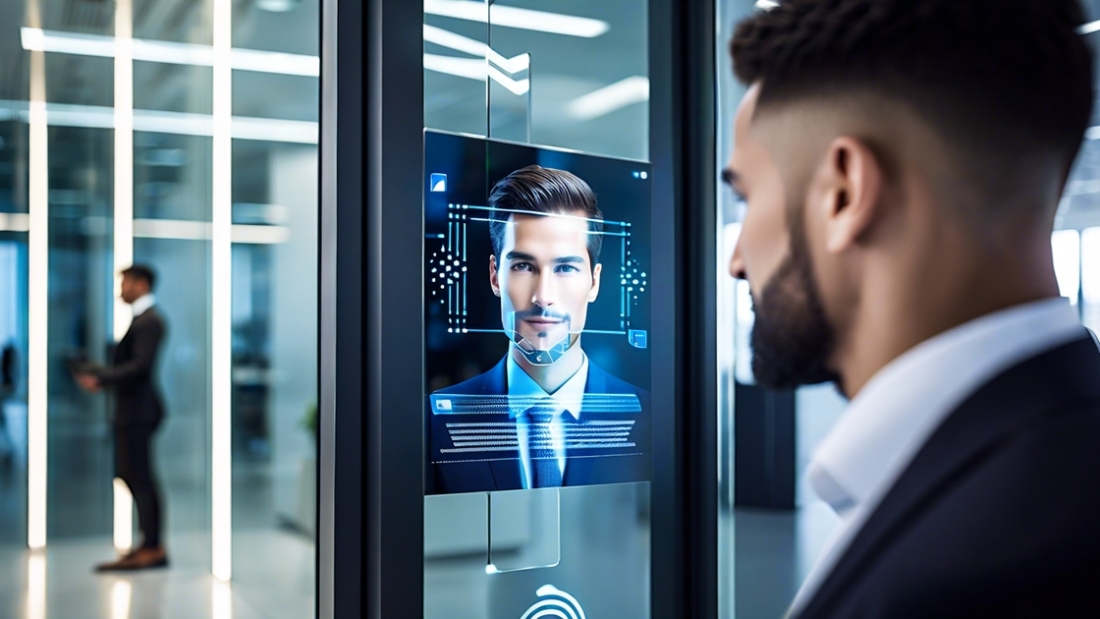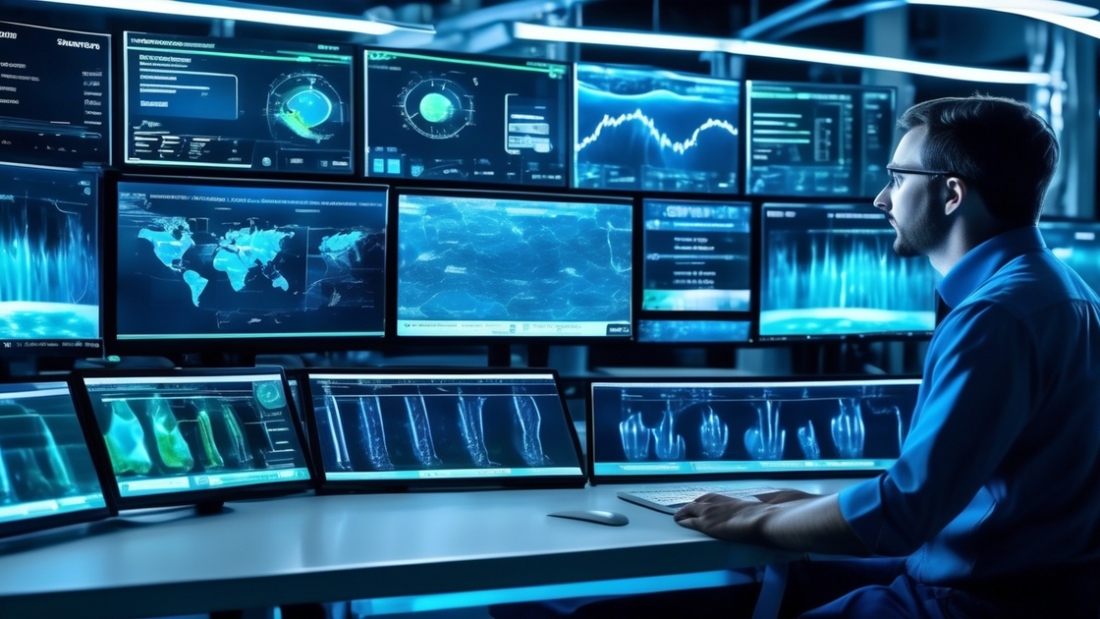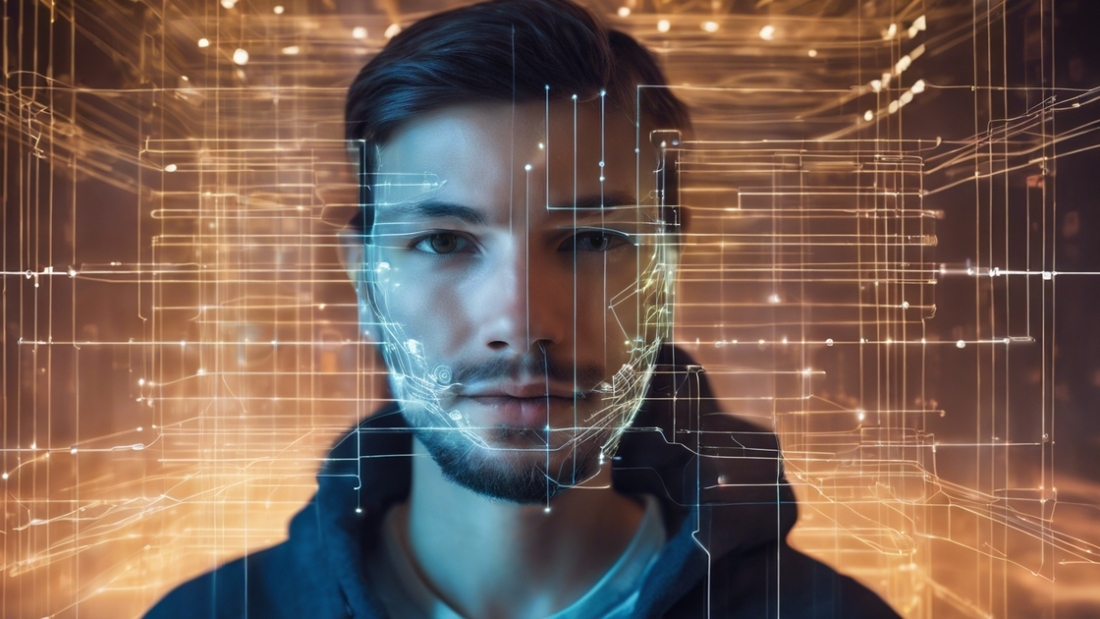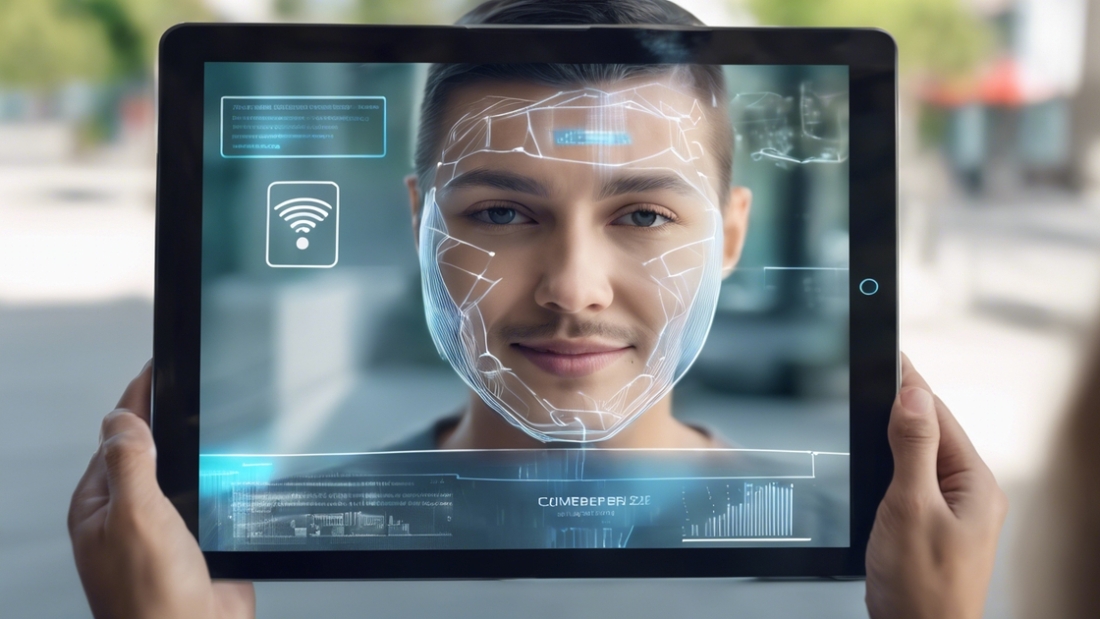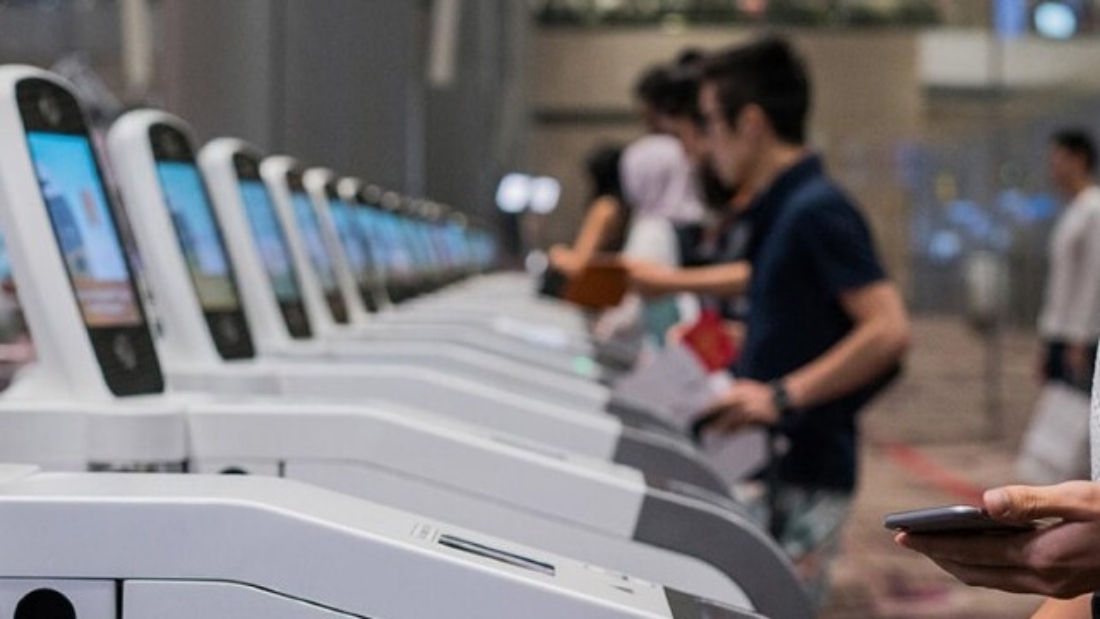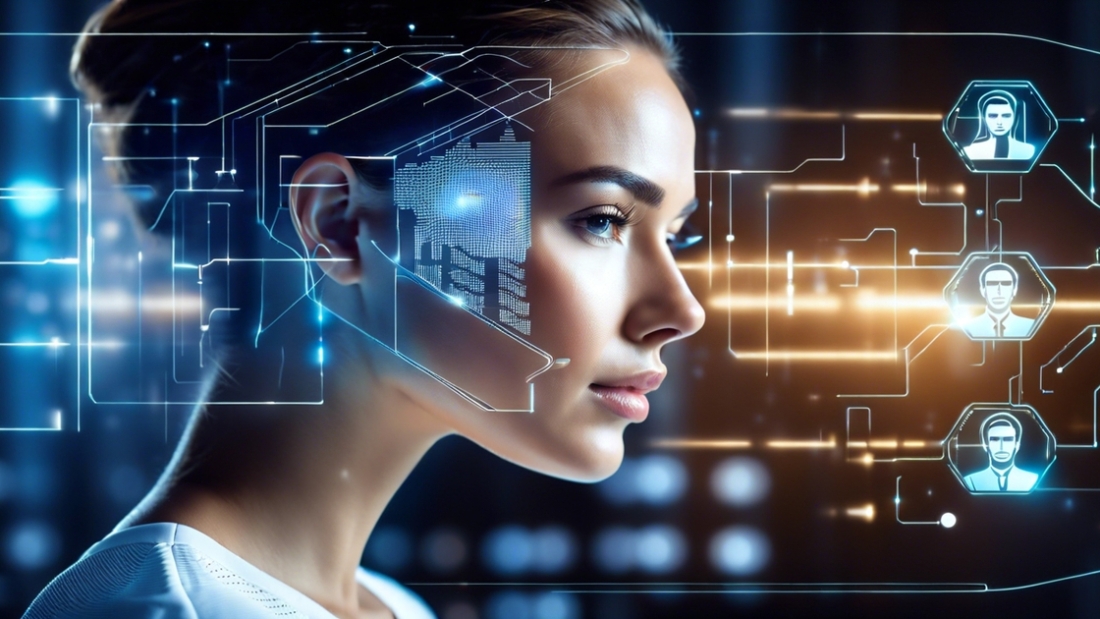Did you know that 90% of the world’s data has been generated over the last two years, with a significant chunk coming from video content? In this digital age, video analytics is no longer just a fancy term but a crucial tool for businesses and security operations alike. It’s transforming how we interpret visual data, making sense of countless hours of footage without blinking an eye. From retail stores analyzing customer behavior to cities enhancing public safety, video analytics is at the forefront of technological innovation. Dive into the world of video analytics with us as we explore its impact, applications, and the future it promises in an increasingly digitized world, utilizing cameras, intelligent CCTV, intelligence, and analysis.
Why Monuments Need Security
Cultural Significance
Monuments stand as testaments to our history, culture, and achievements. They remind us of the past, both its glories and tragedies. Protecting these symbols of heritage is crucial for future generations to understand their roots and identity.
The cultural and historical significance of monuments cannot be overstated. They are irreplaceable assets that connect us to our ancestors and the events that shaped our world. Without proper security measures, such as cameras, alarm systems, and secure applications, we risk losing these connections and the trust of people forever.
Potential Threats
Monuments face numerous threats from people, traffic, and lack of cameras and alarm systems that can compromise their integrity and longevity. Vandalism is a common issue, with individuals defacing structures for various motives, ranging from political to purely destructive impulses.
Theft of valuable components, often seen in monuments with precious materials or artifacts, poses another significant challenge. Terrorism represents a grave threat, targeting monuments with cameras to send political messages or instill fear and alarm in the public, making detection a crucial subject.
Each of these threats not only damages the physical structure but also erodes the symbolic value of these important sites.
Security Measures
Implementing robust security measures is essential to safeguarding monuments. Video analytics technology plays a pivotal role in this effort. It enables real-time monitoring of sites, detecting unusual activities or unauthorized access quickly, with camera detection focusing on both subject and object.
Surveillance systems equipped with video analytics can identify potential threats before they escalate, allowing for timely intervention by security personnel. This proactive approach to monument security ensures that detection measures, including camera surveillance of every subject and object, are always a step ahead of potential risks.
Visitor Experience
Beyond protecting monuments from physical harm, security, with the use of camera detection of objects and subjects, also enhances the visitor experience. Visitors should feel safe and at ease when exploring these historic sites. Effective security measures ensure that tourists can appreciate the beauty and significance of monuments without concern for their personal safety.
Accessibility is another critical aspect improved by security. By preventing damage and ensuring orderly conduct within monument premises, all visitors can enjoy unobstructed access to these cultural treasures.
Video Analytics Evolution in Security
Early Stages
The journey of video analytics in security began with basic motion detection. Initially, video surveillance systems relied on simple algorithms to detect object movement within a camera’s field of view. These early systems were effective in reducing the volume of video footage that needed manual review. However, they often struggled with high rates of false alarms caused by innocuous movements, such as trees swaying or pets moving in the monitored area.
Security cameras equipped with these rudimentary features marked the inception of intelligent CCTV systems. Although limited, they laid the groundwork for more sophisticated video content analysis technologies.
AI Integration
With the advent of artificial intelligence (AI) and deep learning, video analytics solutions underwent a transformative evolution. Modern video analytics software now incorporates advanced AI algorithms capable of distinguishing between different types of objects and activities. This leap in technology has significantly enhanced the effectiveness of video surveillance systems.
Today’s intelligent CCTV cameras can differentiate between humans, vehicles, and animals, drastically reducing false positives. They can also recognize specific behaviors or actions that may indicate a security threat, such as loitering or unauthorized entry into restricted areas.
Real-time Analysis
One of the most significant advancements in video analytics is the ability to analyze video content in real-time. Modern video management software leverages powerful processors and deep learning models to interpret video streams instantaneously. This capability allows security personnel to respond to potential threats as they happen, rather than after the fact.
Real-time analysis also supports proactive security measures. For example, if a person is detected loitering near a monument after hours, an alert can be triggered immediately, allowing for swift intervention.
Enhanced Accuracy
The integration of machine learning and AI has not only expanded the capabilities of video analytics but also improved its accuracy and reliability. By learning from vast amounts of video data, these systems continuously improve their ability to identify relevant security events while minimizing errors.
This evolution from basic motion detection to sophisticated AI-driven systems represents a quantum leap in the field of security surveillance. Modern video analytics offer unparalleled precision in monitoring and protecting assets, making them indispensable tools in contemporary security strategies.
Monitoring and Surveillance Applications
Public Spaces
Video analytics have revolutionized the way public spaces are monitored. By leveraging advanced surveillance systems, these technologies offer real-time insights into crowd dynamics, ensuring safety and security in areas where people gather in large numbers. The integration of facial recognition systems and computer vision allows for the identification of potential threats swiftly, enhancing the capabilities of security personnel.
These systems utilize complex algorithms to analyze video footage, identifying unusual activities or behaviors that could indicate a security threat. For instance, they can detect unattended bags in crowded stations or spot individuals acting suspiciously, triggering alerts for immediate action. This level of automation not only improves response times but also reduces the reliance on human monitoring, allowing for more efficient allocation of resources.
Critical Infrastructure
In the realm of critical infrastructure, such as power plants and water treatment facilities, surveillance applications go beyond traditional security measures. Video analytics software equipped with machine learning algorithms can monitor operational processes, detecting anomalies that could signify equipment malfunctions or system failures.
This proactive approach to maintenance helps prevent costly downtimes and ensures the continuous operation of essential services. Moreover, by incorporating VMS (Video Management Software), these systems provide a comprehensive view of the entire infrastructure, enabling managers to oversee operations from a central location.
Tailored Solutions
Surveillance applications can be customized to meet specific needs within the security domain. For example, in monument security, video analytics play a crucial role in crowd management and perimeter security. Through advanced tracking and analytics software, authorities can manage visitor flow, prevent overcrowding, and protect against vandalism or theft.
This tailored approach extends to various other applications, from managing traffic jams by optimizing signal timings based on real-time vehicle counts to monitoring wildlife in conservation areas. Each use case demonstrates the versatility and adaptability of video analytics in addressing unique challenges across different sectors.
Case Studies
One notable example of video analytics in action is its application in city surveillance projects. Cities around the world have implemented these systems to enhance public safety, reduce crime rates, and improve emergency response times. By analyzing vast amounts of video data, authorities can identify patterns and trends that help preempt criminal activities and allocate resources more effectively.
Similarly, airports have adopted facial recognition technologies to streamline security checks and boarding processes. These systems compare passengers’ faces against databases in real time, significantly improving throughput while maintaining high security standards. See our FaceSDK Performance.
Intrusion Detection Techniques
Line Crossing
Line crossing detection is a fundamental feature of video analytics. It uses advanced algorithms to monitor specific virtual lines drawn within the camera’s field of view. When an object crosses these lines, the system triggers an alert. This technique is highly effective in securing perimeters and restricted areas.
Operators can customize the sensitivity and size of objects that trigger these alerts. This customization helps reduce false alarms, a common challenge in intrusion detection systems.
Area Intrusion
Area intrusion detection goes a step further by monitoring designated zones for unauthorized access. Using sophisticated machine learning algorithms, this technique analyzes the scene for movements that match predefined criteria of an intrusion.
It’s particularly useful in monument environments where specific sections require higher security levels. The system sends an immediate alert when it detects unauthorized access, enabling rapid response to potential incidents.
Alarm Integration
Integrating intrusion detection with alarm systems enhances the overall security framework. Upon detecting an intrusion, the system can automatically trigger alarms or notify security personnel through edge devices. This integration ensures that every detected threat receives an immediate response, significantly improving incident management.
The use of false alarm filtering technologies within these systems helps distinguish between genuine threats and non-threatening movements, such as animals moving in the field of view. This capability is crucial for maintaining operational efficiency and ensuring that security teams focus on real threats.
Analyzing Behavioral Patterns
Crowd Analysis
Video analytics leverage machine learning models to dissect crowd dynamics effectively. By examining patterns of movement, these systems can pinpoint deviations that may indicate a problem. They look for specific events or behaviors that stand out from the norm.
Machine learning algorithms undergo rigorous training with vast datasets. This preparation enables them to recognize a wide array of behaviors in different scenarios. The goal is to identify potential threats before they escalate.
Suspicious Activity
Identifying suspicious behavior relies heavily on the algorithm’s ability to learn from previous data. This includes recognizing subtle cues like erratic movements or unusual congregations in certain areas.
The technology assesses each situation against learned patterns of normal behavior. It flags activities that fall outside these parameters for further inspection by a human operator. This dual approach minimizes the risk of overlooking genuine threats while reducing false alarms.
Preemptive Security
The use of video analytics for preemptive security measures is transformative. By analyzing behavioral patterns, these systems can alert operators to possible risks in real-time. This capability is crucial for deploying immediate responses to diffuse potential incidents.
In contexts where crowd control is essential, analytics can forecast areas of congestion or direction flows that could lead to issues. Adjustments can then be made proactively to manage the situation effectively.
False Alarm Reduction
One significant advantage of advanced video analytics is its proficiency in distinguishing between normal and abnormal behaviors. This differentiation is vital for operational efficiency and resource allocation.
False alarms not only drain resources but can desensitize operators to alerts, potentially leading to oversight of actual threats. By ensuring high accuracy in threat detection, video analytics enhance overall security posture.
Forensic Analysis for Investigations
Facial Recognition
Facial recognition technology has revolutionized forensic analysis in investigations. By scanning video footage, investigators can identify suspects within minutes. This solution harnesses advanced algorithms to match faces against databases of known individuals. See our FaceSDK Performance and Check our Github Repository.
Investigators no longer sift through hours of footage manually. They input images of persons of interest, and the system scans for matches. This process significantly cuts down investigation time. It allows law enforcement to act swiftly, increasing the chances of apprehending suspects before they flee or commit more crimes.
License Plate Recognition
License plate recognition (LPR) plays a pivotal role in tracking vehicles associated with criminal activities. This technology analyzes video to detect and read vehicle license plates. It is invaluable in cases involving theft, hit-and-run incidents, and illegal trafficking.
LPR systems work by capturing video at various checkpoints or areas of interest. They then extract license plate information, comparing it against databases of stolen or wanted vehicles. When a match is found, authorities are alerted. This capability is crucial for narrowing down suspects’ movements and establishing timelines in investigations.
Searchable Metadata
The power of searchable metadata cannot be overstated in forensic analysis. Investigators use metadata to filter through vast amounts of video data quickly. By tagging footage with details like clothing color, type of objects, or specific events, the search for relevant evidence becomes efficient.
For instance, if a witness reports a suspect wearing a red jacket at the scene of a crime, investigators can search for this specific detail across all captured footage. This method ensures that no stone is left unturned in gathering critical evidence.
Metadata also extends to identifying specific behaviors or patterns that were discussed in the previous section on analyzing behavioral patterns. Linking these patterns with physical descriptions or objects present at the scene enhances the accuracy of investigations.
Benefits of Video Analytics
Efficiency Gains
Intelligent video analytics significantly enhance operational efficiency. By automating surveillance, businesses can reduce the need for constant human monitoring. This automation leads to substantial cost savings. Instead of employing a large security team to monitor video feeds 24/7, an algorithm can alert staff to potential issues in real-time. This doesn’t just cut down on manpower costs; it also increases the speed and accuracy with which potential threats are identified.
The transition from manual monitoring to algorithm analytics means fewer errors. Humans can easily overlook subtle movements or signs of misconduct, especially during long shifts. Video analytics, however, remains consistently vigilant, analyzing every frame for unusual activity.
Improved Security
One of the most significant advantages of video analytics is the improvement in security response times. When a suspicious activity is detected, the system can immediately alert security personnel, drastically reducing the time it takes to respond to potential threats. This swift action can prevent incidents before they escalate, ensuring a safer environment for everyone involved.
Moreover, intelligent video analytics enables proactive prevention strategies. By analyzing patterns in video signal data, it’s possible to identify potential threats before they even occur. This predictive approach to security isn’t just about responding to incidents; it’s about preventing them altogether, making it an invaluable tool for any organization looking to safeguard its premises.
Scalability and Flexibility
As organizations grow, their security needs evolve. Video analytics solutions offer the scalability required to adapt to these changing demands. Whether it’s expanding the coverage area or integrating new types of sensors, these systems can be tailored to meet an organization’s specific needs without significant overhauls or downtime.
Furthermore, the flexibility of video analytics allows for customization according to various scenarios. For instance, settings can be adjusted to increase sensitivity during off-hours or to focus on particular areas deemed more vulnerable. This adaptability ensures that security measures remain effective and relevant over time.
Addressing Challenges and Privacy
Technical Hurdles
Video analytics technology faces significant technical challenges that can impact its effectiveness. Lighting conditions and camera angles are critical factors in this regard. Poor lighting can obscure features, making it difficult for algorithms to accurately identify objects or individuals. Similarly, suboptimal camera angles may result in partial views, further complicating identification processes.
To mitigate these issues, organizations must ensure optimal placement of cameras and consider investing in technologies capable of performing under varied lighting conditions. This approach not only enhances the accuracy of video analytics but also ensures comprehensive coverage of monitored areas.
Privacy Rights
Balancing security measures with privacy rights is a delicate task. Video analytics systems, especially those using face recognition for access control, tread a fine line between enhancing security and infringing on personal privacy. It’s crucial to navigate these waters carefully to maintain trust and comply with legal standards.
Organizations should implement strict access controls to sensitive data and limit the use of video analytics to necessary applications. By doing so, they respect individual privacy while still leveraging technology for security purposes.
Ethical Use
The ethical use of video surveillance technologies is paramount. Best practices include transparent communication about the use of video analytics and the purpose behind it. Organizations should also ensure that their systems do not discriminate against any group or individual.
Data protection is another critical aspect of ethical use. Implementing robust encryption methods and regular audits can help safeguard against unauthorized access and ensure that video analytics systems are used responsibly.
Future Trends in Monument Security
Drone Integration
Drones are set to revolutionize monument security. They offer a dynamic perspective, unreachable by traditional means. Paired with video analytics, drones can provide real-time aerial footage, enhancing the security personnel’s ability to monitor vast areas efficiently.
These flying devices can be programmed for regular patrols around monuments. They detect unusual activities and alert the security staff instantly. This integration not only increases coverage but also acts as a deterrent to potential threats.
IoT Devices
The Internet of Things (IoT) is making monument security smarter. Sensors and smart cameras connected through IoT networks can gather extensive data from the environment. This data, when analyzed, offers insights into potential security breaches before they happen.
IoT devices support video analytics by providing additional layers of information. For instance, they can detect if an object has been left unattended near a monument for an extended period. Such predictive capabilities ensure that security teams can respond proactively rather than reactively.
Predictive Analytics
Predictive analytics stand at the forefront of transforming monument security. By analyzing past incidents and current data trends, these systems can forecast potential security threats. This allows for preemptive measures to be put in place, significantly reducing the risk of incidents.
Security staff benefit greatly from predictive analytics. They receive alerts about possible future events, enabling them to prepare or prevent these occurrences altogether. It’s a game-changer in ensuring the safety and preservation of historical monuments.
Cybersecurity Measures
As video surveillance becomes more integrated with digital technologies like drones and IoT, the risk of cyber attacks increases. Protecting this infrastructure is paramount. Cybersecurity measures are being strengthened to safeguard against unauthorized access and data breaches.
Encryption of video feeds, secure authentication protocols, and regular software updates are becoming standard practices in protecting these systems. Cybersecurity is no longer an afterthought but a critical component of the overall physical security strategy for monuments.
Final Remarks
Video analytics have revolutionized monument security, offering robust solutions from intrusion detection to forensic analysis. Your understanding of its evolution, applications, and future trends positions you at the forefront of safeguarding cultural heritage. Embrace these technologies, recognizing their power to protect and analyze, ensuring monuments stand tall for generations to come. Address challenges head-on, balancing security needs with privacy concerns, to foster trust and compliance. As video analytics continue to advance, stay informed and ready to adapt, ensuring your monument security strategies remain cutting-edge.
Dive deeper into video analytics. Explore the latest tools and techniques shaping monument security. Make your mark by implementing innovative solutions that not only protect but also respect the historical significance of these treasures. Your proactive approach will define the future of monument preservation. Start now—our heritage depends on it.
Frequently Asked Questions
Why do monuments need enhanced security?
Monuments, being valuable cultural assets, require advanced security measures to protect against vandalism, theft, and terrorism. Video analytics offer a proactive solution to monitor threats in real time.
How has video analytics evolved in security applications?
Video analytics has transformed from simple motion detection to sophisticated AI-driven technologies capable of recognizing faces, objects, and unusual behaviors, enhancing the efficiency and effectiveness of security systems.
What are some key applications of monitoring and surveillance in monument security?
Key applications include real-time monitoring for unauthorized access, crowd management during high-visitor periods, and the protection of restricted areas, all facilitated by advanced video analytics.
Can video analytics help in intrusion detection?
Yes, video analytics significantly improve intrusion detection by automatically identifying suspicious activities or unauthorized entry attempts around monuments, enabling swift response to potential threats.
How is behavior analysis beneficial in monument security?
Behavioral analysis helps in identifying potential security breaches before they occur by recognizing patterns or actions that deviate from the norm, such as loitering or vandalistic acts, allowing for preemptive action.
What role does forensic analysis play in investigations related to monuments?
Forensic analysis through video analytics aids investigations by providing clear, timestamped video evidence that can identify perpetrators and reconstruct events leading up to an incident.
What are the main benefits of implementing video analytics in monument security?
The main benefits include enhanced situational awareness, reduced false alarms, efficient use of security personnel, and the ability to respond swiftly and effectively to real-time incidents.
How are challenges and privacy concerns addressed with video analytics in public spaces?
By adhering to strict data protection regulations and employing advanced encryption methods, video analytics systems ensure individuals’ privacy while enhancing public space security.
What future trends can we expect in monument security through video analytics?
Future trends include the integration of drone technology for aerial surveillance, machine learning algorithms for predictive threat analysis, and augmented reality for immersive security training exercises.



